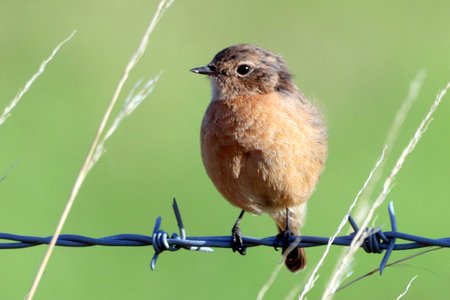Future reports from the West Wilts Ringing Group can now be found at braydonforestringing.uk
Future reports from the West Wilts Ringing Group can now be found at braydonforestringing.uk
Wheatear, 3 Whinchat, 28 Stonechat, Redstart, 2 Spotted Flycatcher, 45 Chiffchaff, 9 Blackcap, 27 Swallow, 5 House Martin, 25 Mistle Thrush...


Hobby - Marlborough - Richard Ful...